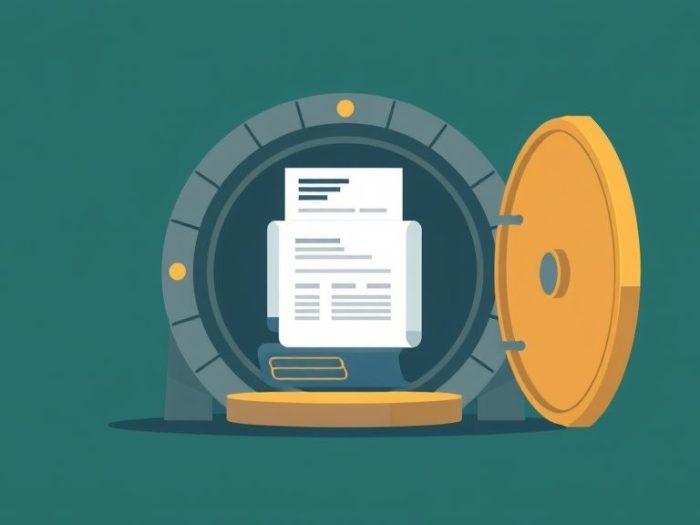Roth IRA conversions can be a powerful tool for tax planning in retirement. By strategically
converting Traditional IRA funds to a Roth IRA, you can potentially minimize your tax burden
and increase your after-tax income. This article explores effective Roth conversion strategies
to help you optimize your retirement finances.
Understanding Roth IRA Conversions
A Roth IRA conversion involves transferring money from a Traditional IRA to a Roth IRA.
The amount you convert is taxed as ordinary income in the year of the conversion.
Why Consider Roth IRA Conversions?
While you pay taxes on conversions, Roth IRAs offer significant tax advantages in retirement:
- Tax-Free Withdrawals: Qualified withdrawals in retirement are tax-free.
- Tax-Free Growth: Investments in a Roth IRA grow tax-free.
- No Required Minimum Distributions (RMDs): Roth IRAs don’t have RMDs, providing more flexibility.
- Tax-Free Inheritance: Roth IRAs can be passed on to beneficiaries tax-free.
Roth Conversion Strategies to Minimize Taxes
Here are strategies to minimize the tax impact of Roth IRA conversions:
1. Filling Up Tax Brackets
Convert amounts that fill up your current tax bracket without pushing you into the next
higher bracket.
- Example: If your income is low in a particular year, you might convert more to take advantage of the lower tax rate.
2. Early Retirement Conversions
Convert funds in the years between retirement and when Social Security or other income
streams begin. This can be a period of lower income and lower tax rates.
3. Laddering Conversions
Convert a portion of your Traditional IRA each year over several years. This spreads out
the tax burden and may help you stay in lower tax brackets.
4. Partial Conversions
Convert only the amount you need to supplement your income for the year, minimizing the
taxable amount.
5. Consider Future Tax Rates
If you anticipate higher tax rates in the future, converting to a Roth IRA now may be
advantageous.
6. Health Savings Account (HSA) Contributions
If eligible, contributing to an HSA can lower your taxable income, potentially allowing
for larger Roth conversions without moving into a higher tax bracket.
Example: Roth Conversion Ladder
A retiree plans to convert $50,000 from a Traditional IRA to a Roth IRA over five years.
They convert $10,000 each year, paying taxes on that amount. This spreads out the tax burden
and creates a “ladder” of tax-free income in the future.
Risks and Considerations
- Taxes: You’ll pay income tax on the amount you convert.
- Market Volatility: The value of your investments can fluctuate, impacting the tax implications.
- Recharacterization: The option to “undo” a conversion is no longer available.
- 5-Year Rule: Understand the 5-year rule for withdrawals from Roth IRA conversions.
- Professional Advice: Consult with a tax advisor or financial planner for personalized guidance.
Conclusion
Roth IRA conversions can be a powerful tool for tax planning in retirement. By carefully
considering your tax situation and implementing strategic conversion plans, you can potentially
minimize taxes and create a more tax-efficient retirement income stream.
Related Keywords
Roth IRA conversion, Roth IRA, Traditional IRA, retirement tax planning, tax-free retirement
income, Roth conversion strategies, IRA conversion, tax-efficient retirement, retirement
income, Roth IRA rules.
Frequently Asked Questions (FAQ)
1. What is a Roth IRA conversion?
A Roth IRA conversion involves transferring money from a Traditional IRA to a Roth IRA.
2. What is the main tax difference between a Traditional IRA and a Roth IRA?
Traditional IRA contributions may be tax-deductible, but withdrawals in retirement are taxed. Roth IRA contributions are not deductible, but qualified withdrawals in retirement are tax-free.
3. Why would someone want to convert to a Roth IRA?
Roth IRAs offer tax-free withdrawals in retirement, tax-free growth, and no Required Minimum Distributions (RMDs), making them attractive for tax planning.
4. Are there income limits for Roth IRA conversions?
No, there are no income limits on who can perform a Roth IRA conversion.
5. What is the tax implication of a Roth IRA conversion?
The amount you convert from a Traditional IRA to a Roth IRA is taxed as ordinary income in the year of the conversion.
6. What does “filling up tax brackets” mean in the context of Roth conversions?
It means converting an amount that maximizes your current tax bracket without pushing you into the next higher bracket, minimizing your tax rate.
7. What is a Roth conversion ladder?
A Roth conversion ladder is a strategy of converting a portion of your Traditional IRA each year over several years to create a stream of tax-free income in the future.
8. What is the 5-year rule and how does it apply to Roth IRA conversions?
The 5-year rule dictates that there’s a 5-year waiting period before you can withdraw converted funds tax-free and penalty-free. This rule applies to each conversion separately.
9. What are the risks and drawbacks of Roth IRA conversions?
Drawbacks include paying taxes on the converted amount, market volatility impacting your investments, and potential tax law changes.
10. Should everyone convert their Traditional IRA to a Roth IRA?
No, the decision depends on your individual circumstances, particularly your current and expected future tax brackets. Consulting with a financial advisor is recommended.



